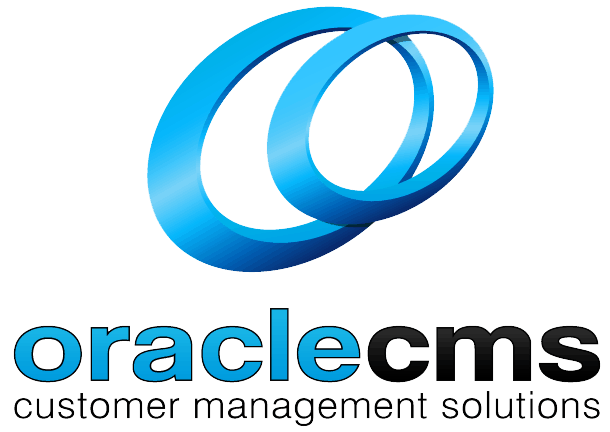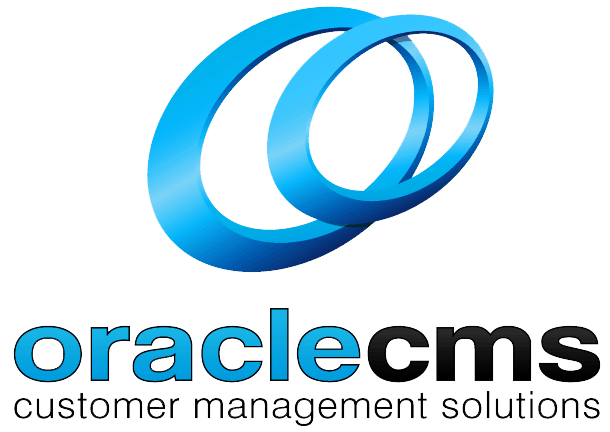What is Barge-In?
Understanding Barge-In in Contact Centres
Barge-In is a feature in contact centre systems that enables supervisors to listen to live calls between agents and customers. If necessary, the supervisor can intervene in the call, either to provide real-time assistance to the agent or to address an issue directly with the customer. This capability is particularly valuable for training, coaching, and quality assurance purposes.
How Barge-In Works
The Barge-In feature is typically part of a contact centre’s call monitoring system. Supervisors can access this feature through their telephony or contact centre software, selecting a specific call to monitor. During the monitoring session, the supervisor can choose to:
- Listen-In: Passively listen to the conversation without the agent or customer being aware of their presence.
- Whisper: Speak to the agent without the customer hearing, providing real-time guidance or coaching.
- Barge-In: Join the call and speak to both the agent and the customer, effectively becoming an active participant in the conversation.
Benefits of Barge-In
- Real-Time Coaching: Supervisors can provide immediate feedback and assistance to agents, helping them handle difficult situations more effectively.
- Quality Assurance: Ensures that agents are adhering to company policies and delivering high-quality service, allowing for corrective actions if needed.
- Training: New agents can receive on-the-job training with the support of experienced supervisors, improving their skills and confidence more quickly.
- Issue Resolution: Allows supervisors to quickly address and resolve any issues that arise during a call, enhancing customer satisfaction.
Challenges and Considerations
While the Barge-In feature offers significant advantages, it must be used judiciously to avoid potential drawbacks. Overuse of this feature can lead to agents feeling micromanaged or undermined. It is important to balance the need for supervision with respect for agents’ autonomy and professionalism.
Implementing Barge-In Effectively
- Training Supervisors: Ensure that supervisors are well-trained in using the Barge-In feature appropriately and effectively. They should know when to intervene and how to do so without disrupting the call.
- Setting Guidelines: Establish clear guidelines for when and how the Barge-In feature should be used. Communicate these guidelines to both supervisors and agents to set expectations.
- Monitoring Frequency: Use the feature selectively to avoid overwhelming agents. Focus on providing support during particularly challenging calls or during training periods.
- Feedback and Follow-Up: After using the Barge-In feature, provide constructive feedback to agents and follow up to ensure that they understand and can implement the guidance provided.
Conclusion
Barge-In is a powerful tool for supervisors in contact centres, enabling real-time monitoring and intervention during live calls. This feature supports training, coaching, and quality assurance efforts, helping to improve agent performance and customer satisfaction. However, it is crucial to use Barge-In judiciously and respectfully to maintain a positive work environment and foster agent confidence. By implementing clear guidelines and training for supervisors, contact centres can maximize the benefits of Barge-In while minimizing potential drawbacks.


